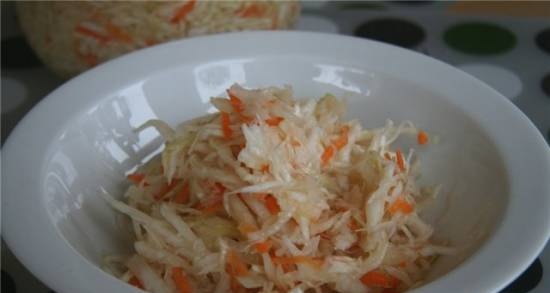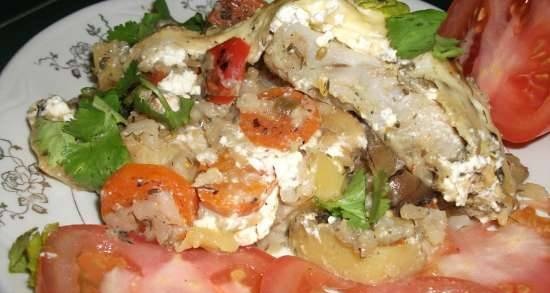Ascorbic acid: from the effectiveness of synthetic vitamin C to sources of natural ascorbic acid |
|
A very delicate vitaminDo not think that eating oranges in the morning will provide yourself with protection for the whole day. Ascorbic acid is water-soluble and quickly excreted in the urine. This suggests that foods containing the vitamin are eaten a little and as often as possible.
|
 |
| Photo by Scarecrow |
Rosehip... Prepare an infusion: chopped dry fruits (5 tablespoons) + hot water (1 liter). The infusion time is about an hour. You can drink it daily instead of tea.
Viburnum... There is even more ascorbic acid in it than in citrus fruits. For colds: dry berries (1 tablespoon) + hot water (200 ml). The tool is infused for a couple of hours. May be supplemented with honey. Not recommended for people with hypotension.
Citrus. Their peel helps the vitamin not only to be preserved, but also to be absorbed better: it contains a lot of bioflavonoids necessary for this. But don't just chew the skins: remove a thin layer of zest from the washed fruit, chop it and add to the curd.
Garlic, onions. 100 g of garlic contains 52% of the daily value of ascorbic acid, and onions contain more vitamin C than oranges. But 100 g of green onions are generally able to give us the daily requirement of this vitamin.
Kiwi... A prerequisite is that they must be ripe. They have coarse hairs that peel off well, and the fruit itself should not be too soft, but not hard either.
Cabbage. Both fresh and sour. And best of all, vitamin C is stored in Beijing.
Persimmon... When choosing a fruit, choose the fruit with the most stripes on the skin. Hard, smooth skin and semi-liquid flesh are preferred.
V. G. Deshko
| Features and benefits of sunglasses. Various types and shapes | Brain speech organization |
|---|
New recipes
 It is believed that during the transitional periods, when we most often get sick with colds, synthetic ascorbic acid should be eaten with handfuls for prophylaxis. They say that this guarantees reliable protection against viruses and bacteria. This is true to some extent. Ascorbic acid, along with others, has a positive effect on IP, thanks to which a person feels energetic and healthy.
However, it does not reduce the risk of contracting SARS. And this BAS representative should enter the body not in the form of artificial pills, but alive. Its sources: vegetables, fruits.
It is believed that during the transitional periods, when we most often get sick with colds, synthetic ascorbic acid should be eaten with handfuls for prophylaxis. They say that this guarantees reliable protection against viruses and bacteria. This is true to some extent. Ascorbic acid, along with others, has a positive effect on IP, thanks to which a person feels energetic and healthy.
However, it does not reduce the risk of contracting SARS. And this BAS representative should enter the body not in the form of artificial pills, but alive. Its sources: vegetables, fruits.  Important points:
Important points:






